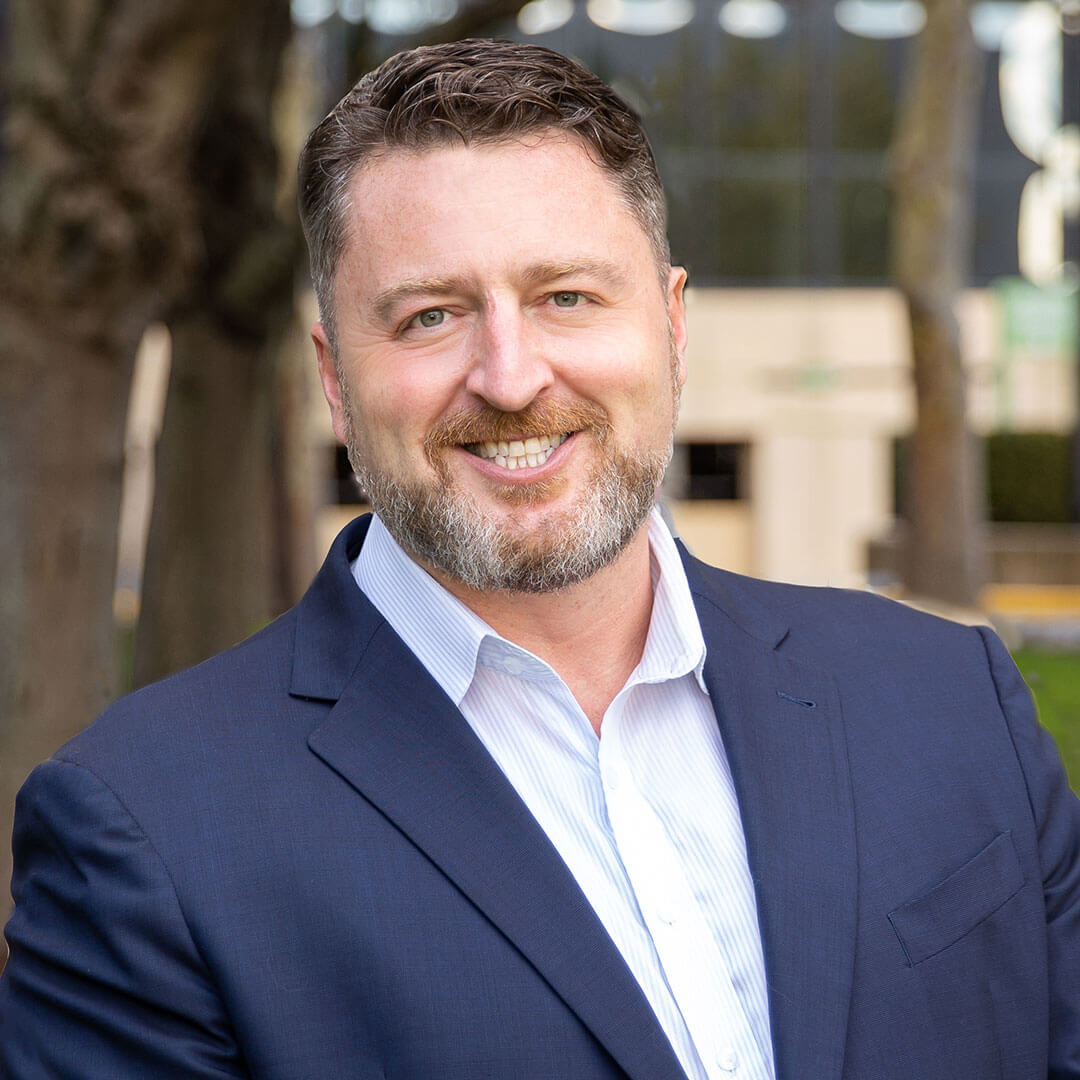At the recent ITAM Review conference ITAM & FinOps: How to Win Big, D. Michael Abrashoff – keynote speaker, Naval captain, and author of It’s Your Ship – shared the story of how he needed to train himself to think like the general when it came to sifting through which daily information was important enough for his general to pass along to Secretary of Defense William Perry. For the first two months, the general was passing on only about 10% of what Captain Abrashoff provided. The remaining 90% was relegated to the daily burn bags. So, Abrashoff decided to study the papers that were sent on as well as the ones in the burn pile and try to figure out why the general made the decisions he did about what information to use. And within three or four months, roughly 80% of the material Captain Abrashoff provided was now passed along to the general.
This story is a great analogy for one of the major themes of the conference: the need for clarity around data requirements for both ITAM and FinOps practitioners. Data clarity applies to aligning on key business objectives and the data required to measure performance against those objectives, sifting through billions of lines of data to find what is needed, and making sure that the data provided is timely and accurate to determine where to make investments.
Alignment, Data Clarity, and Next Steps
Led by Rich Gibbons of ITAM Review, the event proved a lively exchange of ideas. Key takeaways include:
Align ITAM to C-Level objectives. Both ITAM and FinOps must work together and across the business to define shared KPIs. These could include optimizing cloud costs, accurately forecasting business needs, maximizing ROI on IT spend, cost allocation, meeting ESG goals, and more.
Create a single pane of glass. As one participant quipped, “Both the CIO and the CFO should be able to ask each of their teams the same question and get the same answer.” Sadly, this is rarely the case. Both teams must work together to build an accurate data pipeline and strategic view of KPIs.
![]() FinOps is a team sport. ITAM teams have the technical knowledge required for software asset management (SAM), including understanding software consumption, workload placements, the infrastructure required to support business needs, and migration requirements and timelines. In contrast, FinOps teams typically focus on cloud spend, agility, and cost reporting/allocation. Only when FinOps & ITAM collaborate can they support stakeholders and achieve business objectives.
FinOps is a team sport. ITAM teams have the technical knowledge required for software asset management (SAM), including understanding software consumption, workload placements, the infrastructure required to support business needs, and migration requirements and timelines. In contrast, FinOps teams typically focus on cloud spend, agility, and cost reporting/allocation. Only when FinOps & ITAM collaborate can they support stakeholders and achieve business objectives.
Successfully combining ITAM & FinOps
As noted during the panel discussion, the best ways to overcome organizational blockers to a successful FinOps Program is to:
-
Not underestimate the data integration & correlation challenge. Overcoming data siloes and building an accurate data pipeline aligned with business processes takes time and may best be achieved with the help of a managed service provider.
-
Be wary of internal politics. Gain executive support for forcing the dialogue between FinOps and ITAM.
-
Hire a FinOps person that is smart, flexible, and can tie together the business requirements with the technical story. Soft skills such as building trust and diplomacy are keys to success.
Interested in learning how ReadyWorks can help you achieve ITAM and FinOps goals? Book a demo today.
